Paperpal, an AI-powered tool now lets you Chat with PDFs to get instant insights and summaries. You can now highlight any text in the Paperpal editor and find citations instantly, verify source and insert them! Try Paperpal Today - https://bit.ly/3tUcGR3 Use code : “ASADPRIME30” to get 30% off! #Ad
Flowcharts are essential in research papers, proposals, and presentations.
Creating flowcharts is not just a visual aid — it’s a thinking tool. The process of building a flowchart forces you to distill complex ideas into clear, logical steps, which strengthens the rigor and coherence of your entire research project.
It can be used to visualize your conceptual framework, map thematic connections and theoretical evolution and outline step-by-step methodological procedures.
But designing them from scratch often drains precious hours.
What if you could build polished, publication-ready flowcharts in minutes using ChatGPT and Draw.io – for FREE?
Instead of wrestling with clunky shapes and manual alignment, you can prompt ChatGPT to generate the structure in Mermaid.js code, import it into Draw.io, customize styling, and export a clean figure – all within ten minutes.
Here is the step-by-step guide:
Step 1. Generate Mermaid.js code with ChatGPT
Ask ChatGPT to create the Mermaid code for the flowchart, and then copy the code once generated.
ChatGPT will output text-based code defining nodes and connections systematically.
You can also include specific steps in the prompt to make sure the flowchart reflects your exact experimental workflow.
Create a flowchart using Mermaid code for conducting a field survey, including steps like designing the survey, training data collectors, field data collection, and data entry.Generate a Mermaid code for a flowchart that outlines the experimental methodology for studying gene expression in human cell lines under stress conditions. The flow should include: cell line maintenance, stress treatment application, RNA extraction, cDNA synthesis, qRT-PCR analysis, data normalization using housekeeping genes, and statistical analysis.Step 2. Import the Mermaid code into Draw.io
Open Draw.io in your browser.
Navigate to Arrange > Insert > Mermaid.
Paste the Mermaid.js code into the popup window and click Insert.
Your diagram will instantly render, visualizing the process flow you defined.
Step 3. Customize Your Flowchart
The auto-generated layout might not be perfect.
Adjust shapes, colors, fonts, and spacing within Draw.io according to your preferences.
Pro Tip: You can also refine the code iteratively by prompting ChatGPT to modify structure, labels, or branching logic before re-importing.
Step 4. Export Your Flowchart
Once you have done the final customizations, export your flowchart by clicking on File and then Export as
You can export in any format of your preferences such as PNG, JPEG, SVJ, PDF etc
Conclusion
Stop spending hours aligning arrows or formatting shapes manually. Integrating ChatGPT with Draw.io empowers you to create clear, publication-quality flowcharts efficiently.
Next time you draft a method, pipeline, or conceptual diagram, try this workflow and experience the time savings firsthand.
That’s it for today!
How can I help you:
The second cohort of my webinar-series: How to Publish a Paper (with Ethical AI) is starting on July 19, 2025 at 11:00 am EST.
This is a 7-week program that takes you from research idea to publication.
My substack subscribers can get 20% off with this code: “sub20”
Sign up here→ https://stan.store/asadnaveed/p/how-to-publish-a-paper
Get these templates while they’re FREE:
FastR ebook: Learn R -> from raw data to publication-ready tables in 24 hours. I wrote this guide for beginners: Click here
Steal my poster presentation template for FREE! Here's the link to download.
Steal my literature review matrix template. It is editable on Excel and a great tool to organize/analyze papers: Here
Follow me on Instagram to not miss my upcoming giveaways!
Update:
Since launching this newsletter 2.5 years ago, I've been committed to delivering high-value insights on research methodologies and AI that you can apply in real time — from practical tools to thought leadership.
Starting August, this newsletter will transition to a hybrid paid model. Free research methodology posts will continue on Thursdays, but paid subscribers will get an additional email every Monday with exclusive AI research deep-dives, tutorials, and access to templates.
If you’ve found value in what I share, I’d be honored to have your support. A paid model will ensure this newsletter is sustainable.
So far, I’ve priced it to be $5/ month. However, please vote on what you think is an ideal price below:
Thank you,
Asad


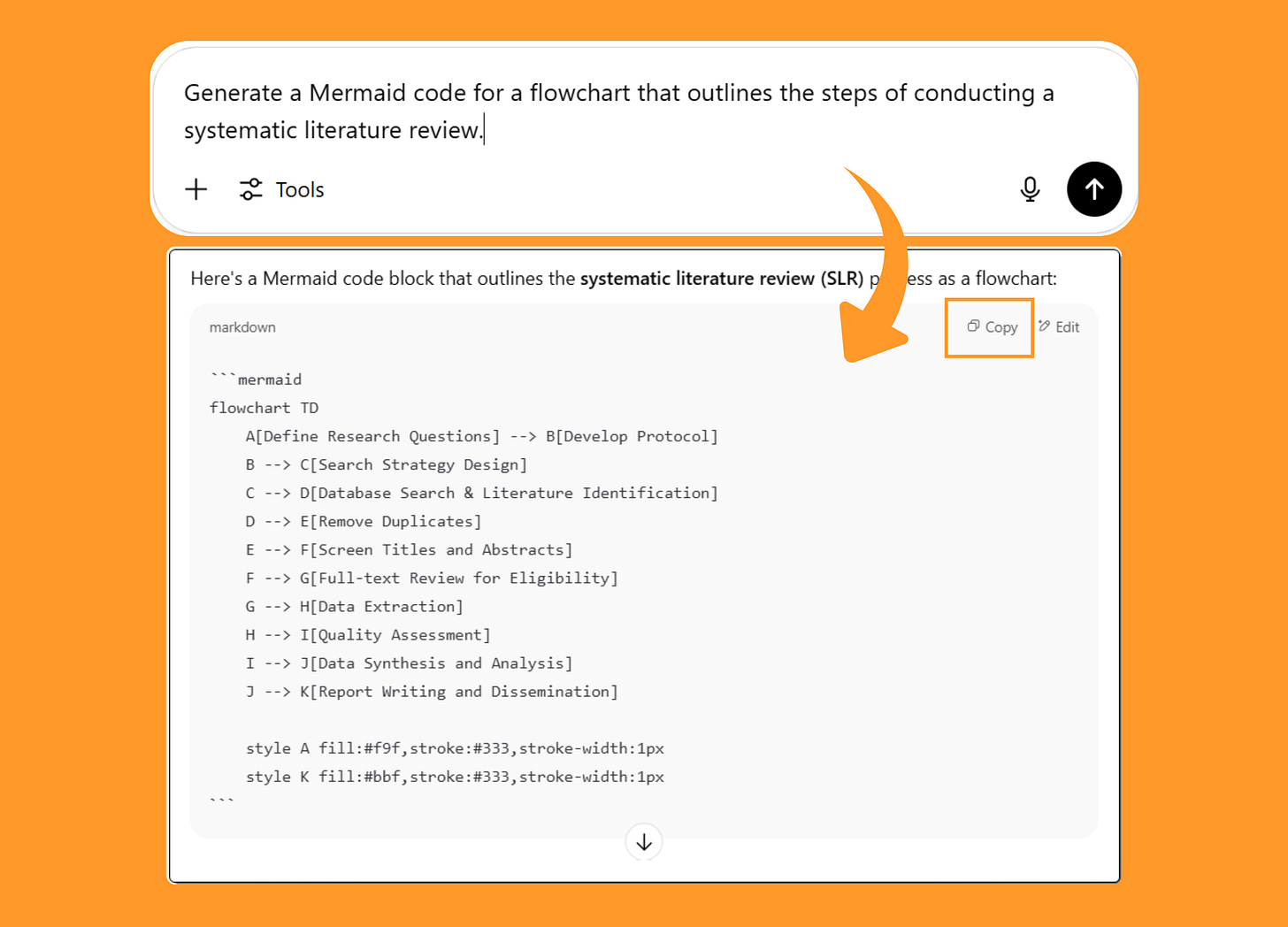
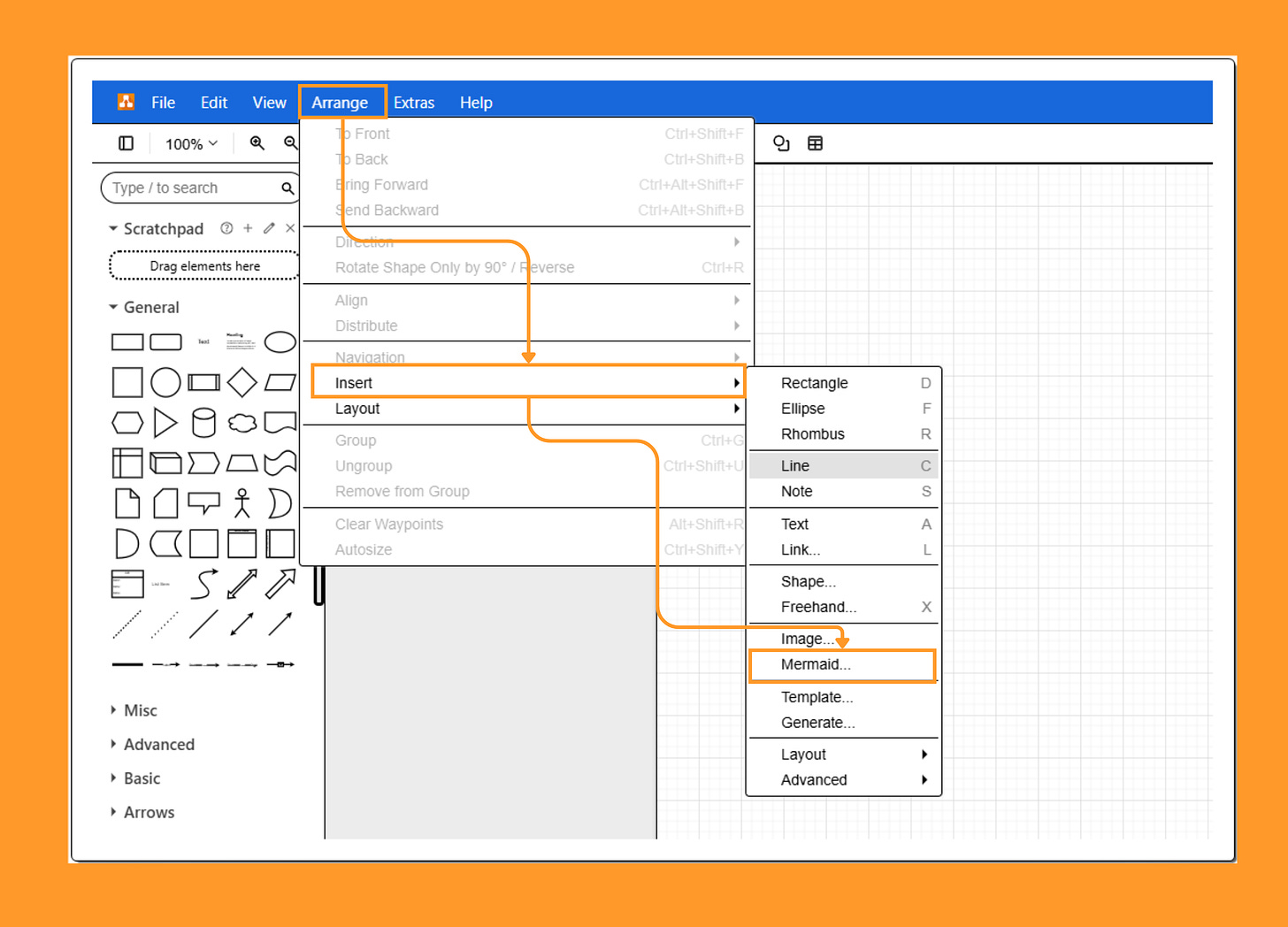
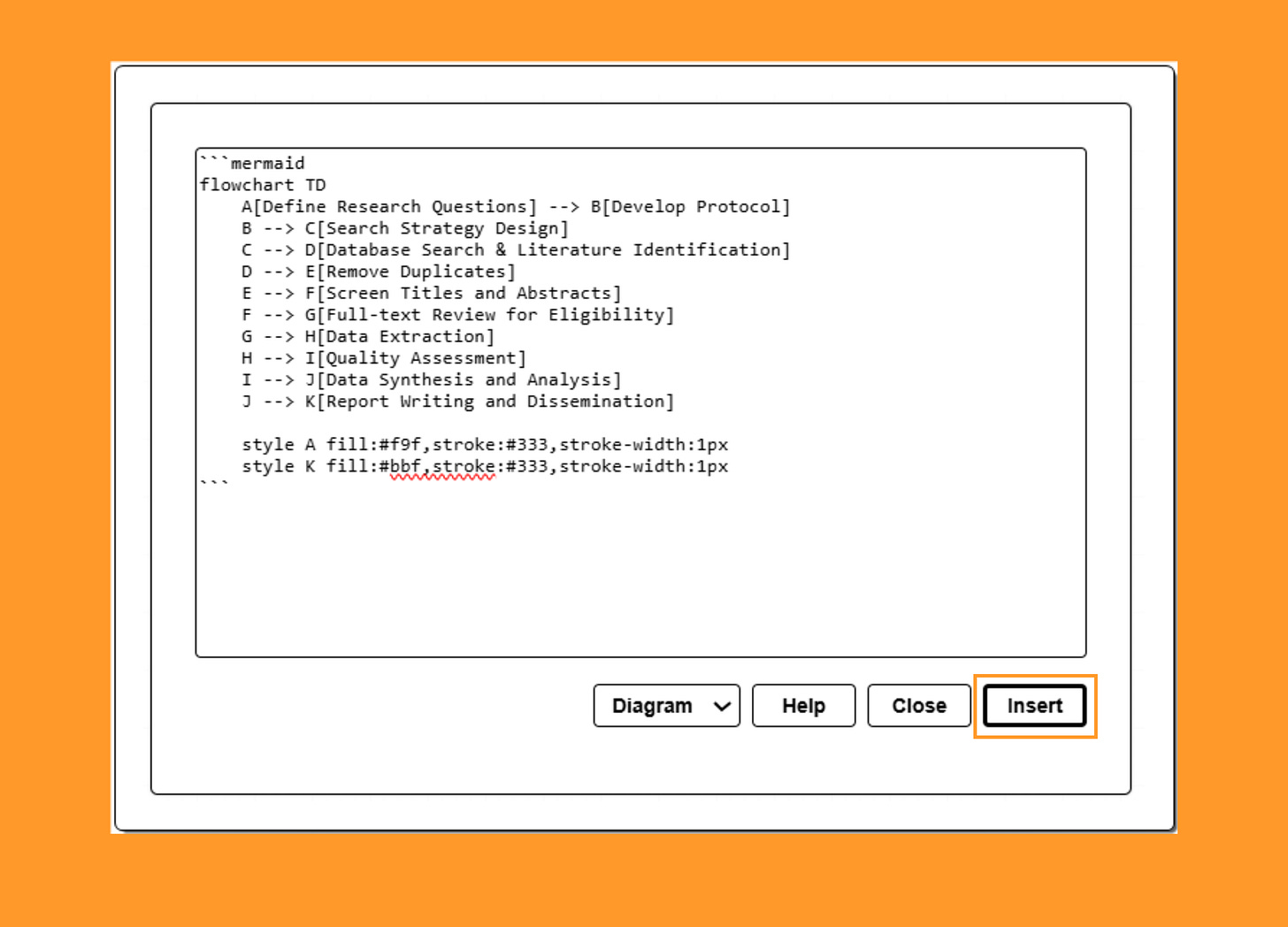
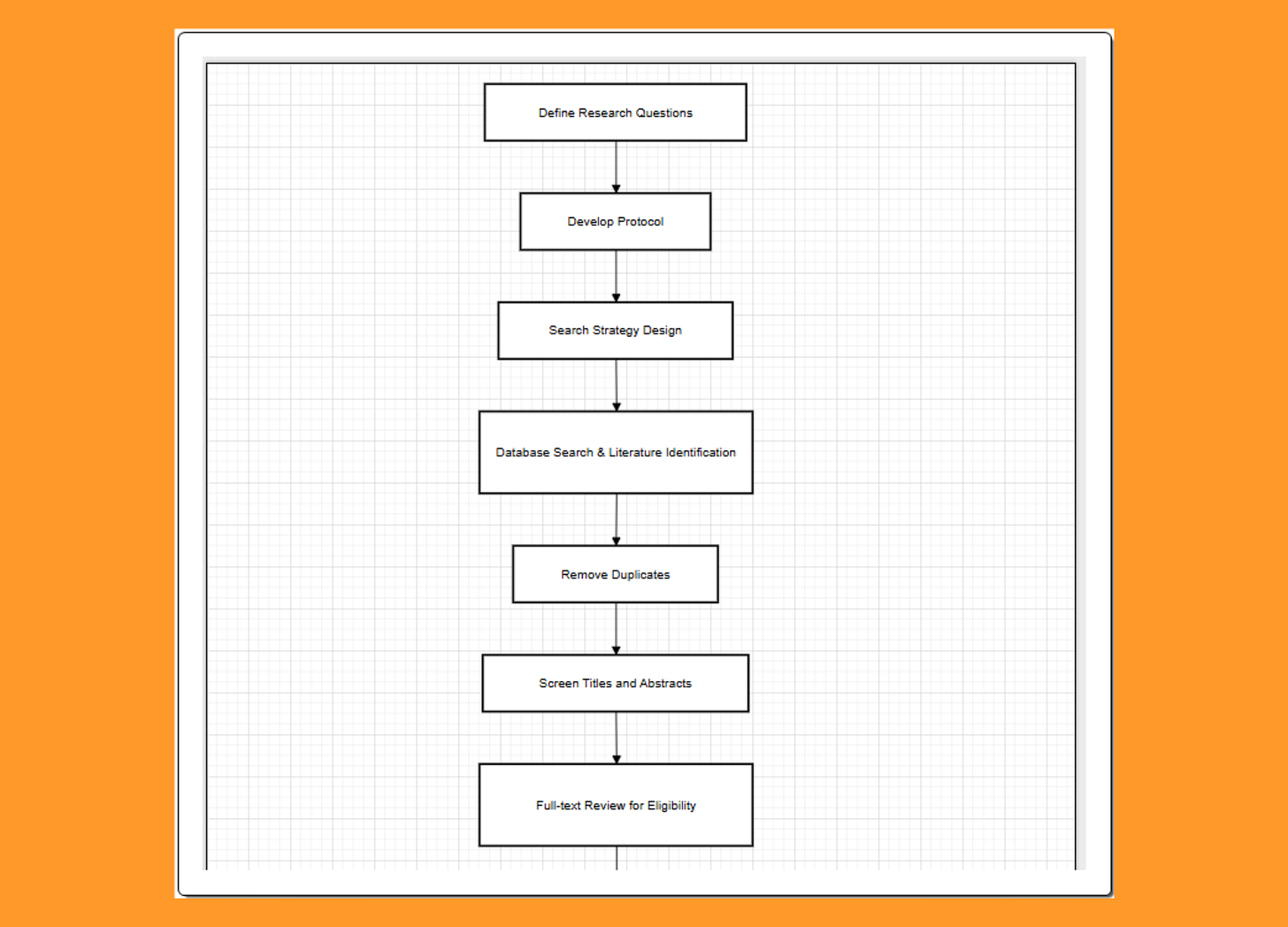
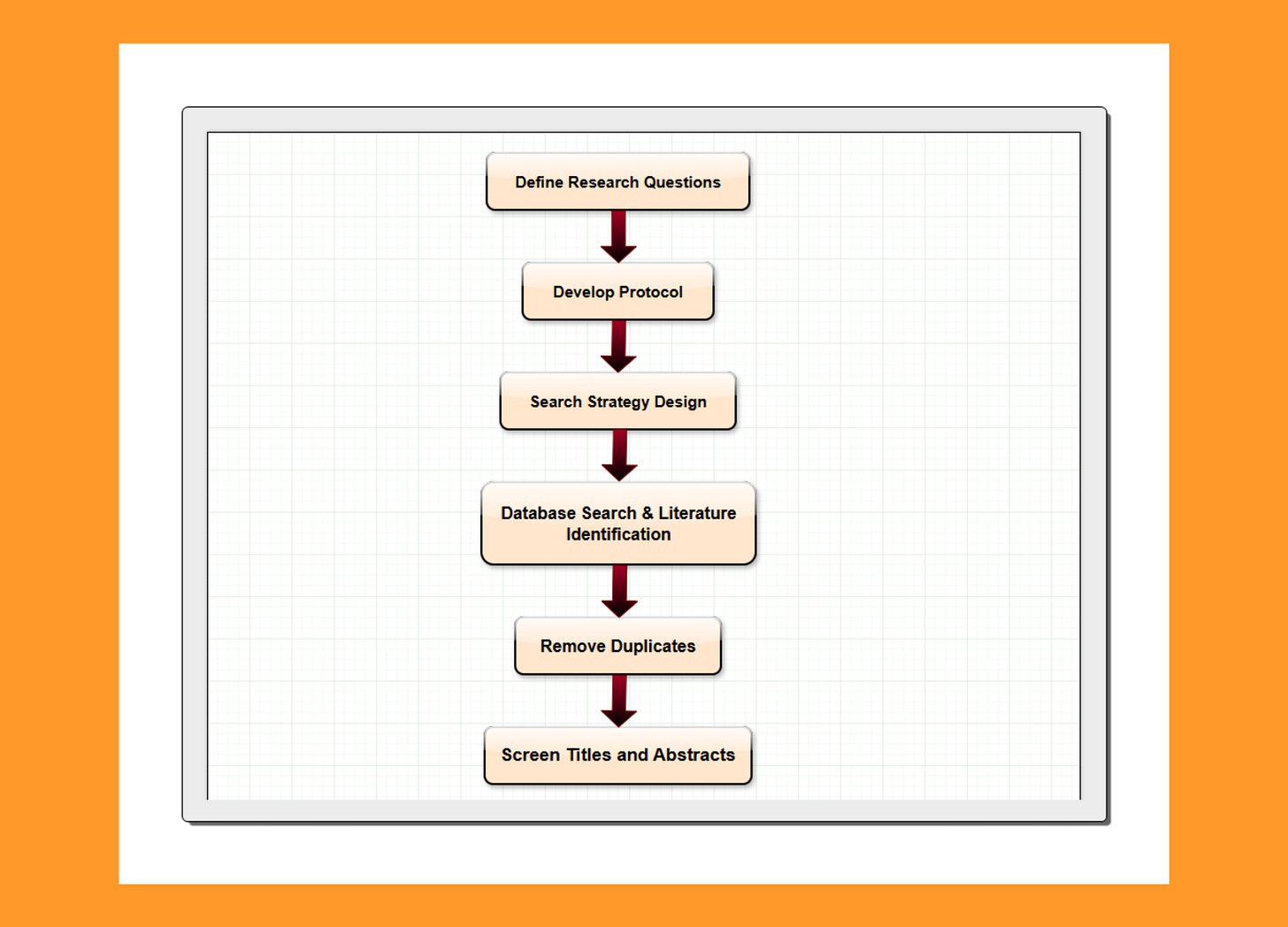
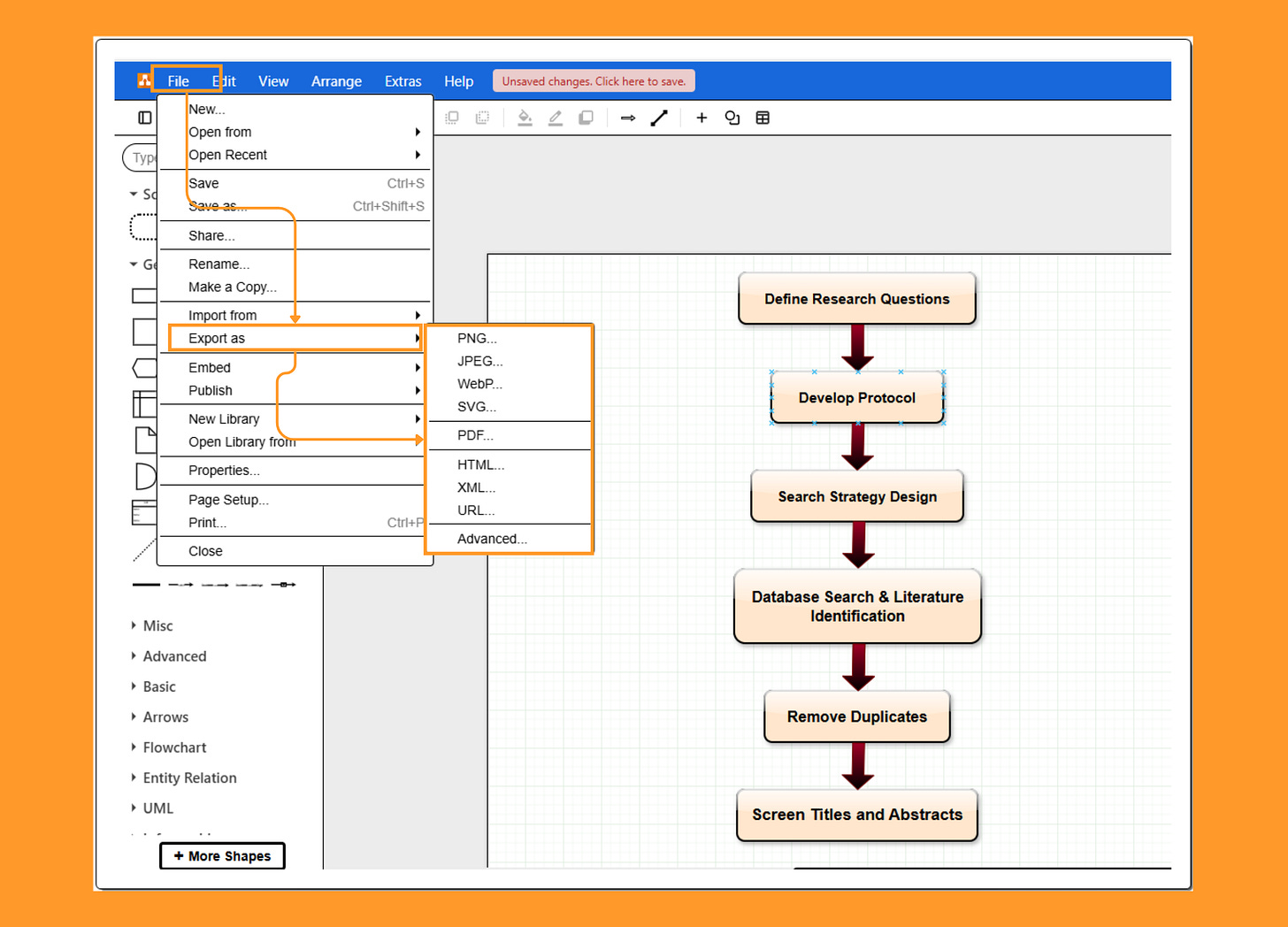
Thanks for sharing